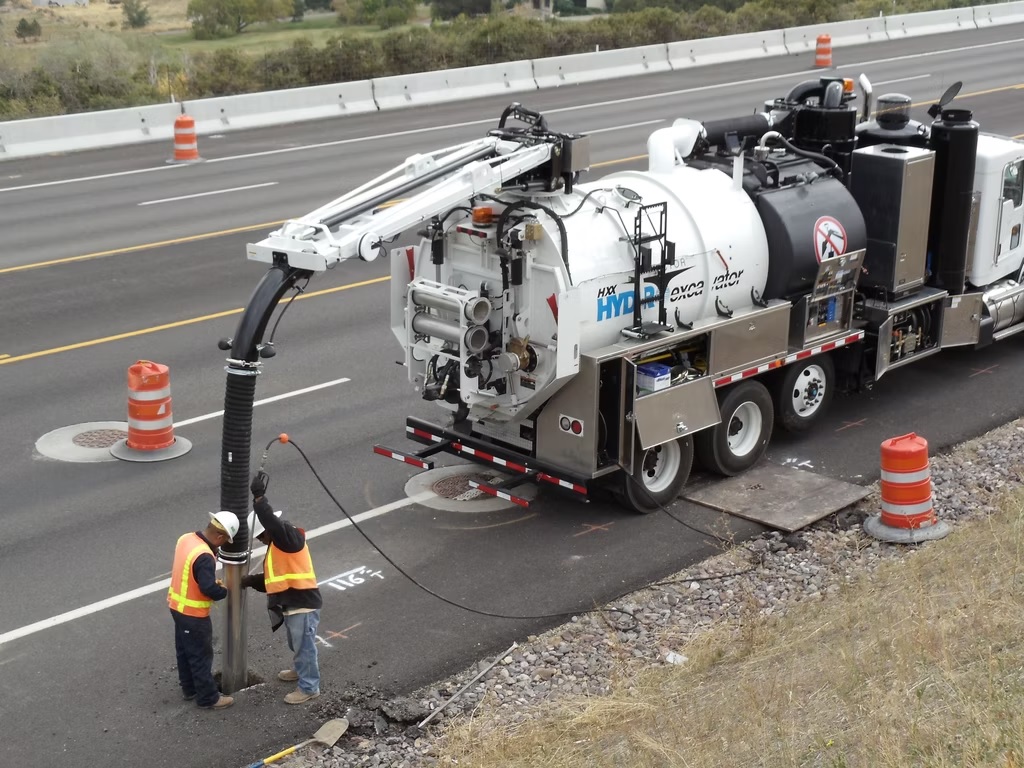Tips for Hydro-Excavation and Environmental Compliance
Hydro-excavation, a method that combines high-pressure water and a powerful vacuum system, has emerged as a crucial technology in the realm of environmental compliance. This innovative technique plays a pivotal role in various industries where precise excavation is essential, such as construction, oil and gas, and utilities. Unlike traditional excavation methods that often involve heavy machinery and the risk of damaging underground utilities, hydro-excavation offers a safer and more precise alternative. By using pressurized water to break up soil and a vacuum system to extract the slurry, hydro-excavation minimizes the potential for accidental damage to critical infrastructure. Environmental compliance is a paramount concern in modern industrial practices, driven by increasingly stringent regulations and a growing awareness of the importance of sustainability. Hydro-excavation aligns seamlessly with environmental compliance goals by mitigating the environmental impact associated with excavation processes. Traditional excavation methods can lead to soil erosion, habitat disruption, and the release of harmful pollutants.

In contrast, hydro-excavation significantly reduces these risks. The use of water as a cutting medium eliminates the need for potentially hazardous chemicals, and the precise nature of the process minimizes soil disturbance. One of the key advantages of hydro-excavation in the context of environmental compliance is its ability to prevent soil contamination. The vacuum system efficiently removes the slurry, containing soil and water, from the excavation site. This ensures that any potential contaminants are contained and can be properly disposed of or treated. In situations where the soil is contaminated, hydro-excavation allows for the targeted removal of only the affected material, reducing the overall volume of waste generated and facilitating more focused remediation efforts. In addition to its role in preventing soil contamination, Vanrite Plumbing hydro excavation contractor also contributes to the protection of underground utilities and infrastructure.
Accidental damage to pipelines, cables, or other critical assets can have severe consequences, ranging from service disruptions to environmental disasters. Hydro-excavation’s precision and non-destructive nature make it an ideal choice for projects that require excavation in close proximity to these sensitive assets. This not only safeguards the integrity of underground infrastructure but also aligns with environmental compliance objectives by minimizing the potential for spills or leaks. The environmental benefits of hydro-excavation extend beyond the immediate excavation site. By reducing soil disturbance and minimizing the use of heavy machinery, this method helps preserve natural habitats and ecosystems surrounding the project area. As environmental regulations continue to evolve, industries are increasingly recognizing the value of integrating hydro-excavation into their operations to achieve both operational efficiency and environmental stewardship. In essence, hydro-excavation has become a cornerstone in the intersection of technological innovation and environmental responsibility, providing a sustainable solution for industries seeking to balance progress with ecological preservation.